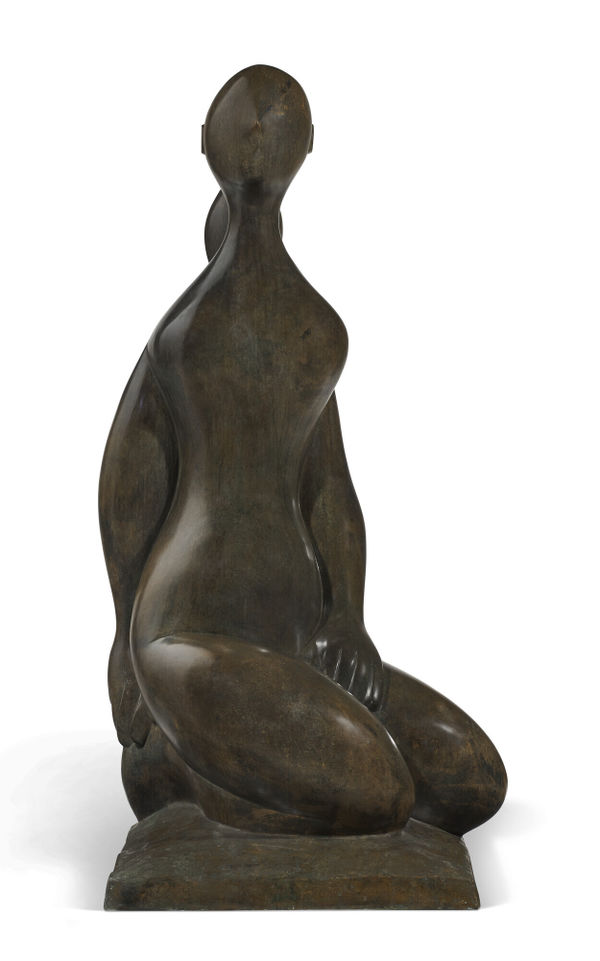Baltasar Lobo
(Spanish, 1910-1993)
The smooth, curved surfaces of Baltasar Lobo's signature bronze sculptures recall the soft forms of the female body which inspired the majority of the artist's oeuvre. Lobo's preoccupation with womanhood, motherhood, and female sensuality began while he was sharing a studio with sculpture Henri Laurens in Paris in the late 1930s and 1940s. His style reached maturity in the 1960s when he began to test the limits of abstraction. After being introduced to the sleek organic forms of Jean Arp and Constantin Brancusi, Lobo began creating more conceptual pieces that continued to explore the idealisation of the female body while challenging its traditional representation.
Born in the village of Cerecinos de Campos of Zamora in 1910, Lobo began as an apprentice to Ramon Nüñez while attending sculpture modelling courses at the Museum of Fine Arts of Valladolid. He later began carving gravestones in order to support himself while taking evening classes at the School of Arts and Crafts. In 1929 in Madrid, Lobo attended an exhibition on Joan Miró, Salvador Dalí and Pablo Picasso among others that had a profound influence on his work. Following the Civil War, during which his studio was bombed, Lobo fled to Paris where he befriended Picasso and Henri Laurens. He exhibited alongside them at the Vendome Gallery of Paris and other venues during which time his work began to achieve recognition.
Lobo began to contemplate the playful relationship between mother and child while on vacation in 1946. This moment provided inspiration for an important series in the oeuvre of the artist that expresses the movement and liberty of play and the contrast between stability and dynamism. In 1951, he had his first solo exhibition at Stockholm's Blanche Gallery and went on to be exhibited around the world including Venezuela and Japan. His work finally travelled to his home town in 1984 where the Baltasar Lobo de Zamora Museum was founded. He was awarded the Spanish National Award for the Plastic Arts in the same year.

